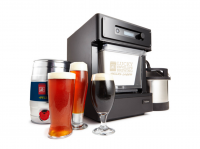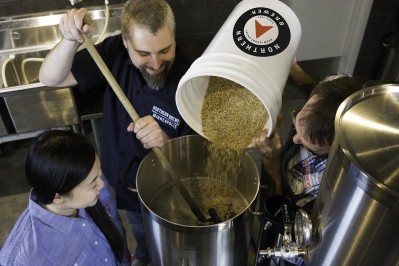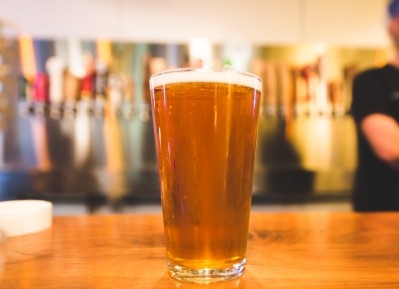Rise of automated homebrewing: ‘Nano will be the next micro’

The growth of the craft beer category, which had been skyrocketing for almost a decade, has now flatlined in the US market: heightening brewers' search for a new way to reach beer drinkers, according to Malandrakis.
“I think ‘nano’ will be the next ‘micro’,” he told BeverageDaily.
Homebrewing is not a new concept, but its execution will become much more precise, automated, and customized, according to Malandrakis.
“This is the polar opposite of craft beer’s origin,” he said. “Back then you would buy 10 liters from a [homebrewer’s] garage.”
Now, at-home devices like PicoBrew add an element of personalization by allowing the homebrewer to recreate recipes from their favorite brewer or discover a new beer from a brewery across the country or from another country.
Small and independent brewers such as Elysian Brewing have made their Dragonstooth Imperial Oatmeal Stout available to the homebrewer in the form of portioned PicoPaks that can be made with the PicoBrew.
The traditional, detail-oriented homebrewing process can now be fully automated with various countertop devices on the market, most of which can be tracked with mobile devices.
Open-architecture design
While the rise of homebrewing technologies allows brewers to reach more consumers, in order for the segment to crossover into the mainstream an “open-architecture” system is key as it allows nearly any third party brewer to participate by providing users with their beer recipes, Malandrakis said.
Those which used a closed architecture format - which can only be used with one brand or company - may put themselves at a disadvantage.
Formulation flexibility
Unlike beer sold at retail or in the taproom, at-home brewing systems allow consumers to customize their beer by choosing certain ingredients to add or omit during the brewing process.
In addition, the rise of countertop brewing systems can also expose homebrewers to new flavor profiles and ingredients not readily available in their home market fostering new beer styles and flavor innovation.
“Collaborations and support by as wide a range of brewers as possible, flexibility in ingredients and synergies allowing for experimentation and personalization will be the deciding factors in unlocking the segment's full, untapped potential,” Malandrakis said.












